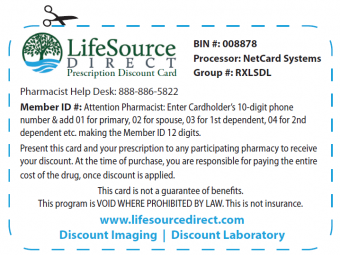The war chest is not invested in stocks. Instead, it is placed in bonds or short-term bonds. The rationale is that when you retire, if the stock market is doing fine, you can pull the income you need from those investments. When the market goes down, clients can draw money from the war chest and use it until the market recovers so they never need to touch their stock investments.
As far as less volatile investments go, McGuigan recommends short-term investment grade corporate bonds because “corporations have done a terrific job of cleaning up their balance sheets. The government has done the opposite and gotten worse,” he said. Interest rates will go up again, he said, so investing in short-term bonds, meaning from one to two years, will keep “your bonds protected a little bit. … That’s not safe, but less volatile than other things.”
T. Doug Dale Jr., a client advisor with Security Ballew Wealth Management in Jackson, Miss., believes that long-term treasury bonds are still a fairly safe investment.
For older clients, who are closer to retirement, Dales prefers “asset classes that can generate safe interest, safe returns that are as non-correlated to each other as possible.”
He encourages his clients to consider owning a diversified portfolio of traditional stocks and bonds but to put between 10 and 20 percent into long-term treasury bonds.
“I see such a fear level that is unwarranted and unjustified from advisors being willing to use long-term treasuries in portfolios,” Dale said. They are worried that interest rates will go up, bringing bond yields down. He said he believes those fears are unwarranted, at least in the current environment. “ I say that because in a heavily over indebted environment, the only way to get our way out is to keep the cost of money out of it, to grow our way out of it,” he said.
He added that 30-year long bond yields are not much higher than they were at the height of the 2008 financial crisis.
If a portfolio is properly structured with long-term treasuries, it can produce a relatively stable yield of 3 to 5 percent or more, he said. “More stable than it would be without them.”
Most advisors have a good diverse mix of corporate bonds, emerging market bonds and fixed income pieces that are essential to have in a conservative portfolio for someone close to retirement, he said, but the ingredient that is likely missing is the 30-year bond piece. “Don’t put it all in 30-year treasuries, but they are a good addition to whatever equity exposure a client and advisor is comfortable with,” Dale said.
For more exclusive investment coverage , see:

